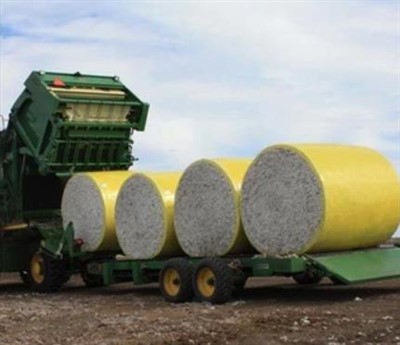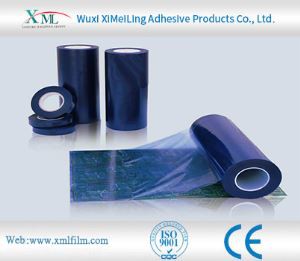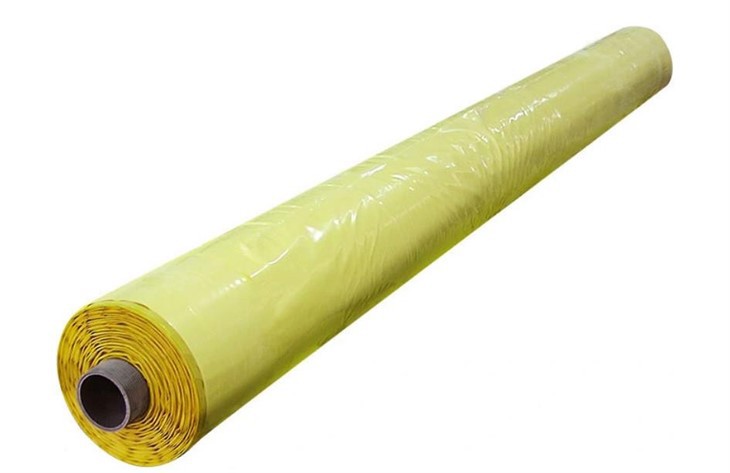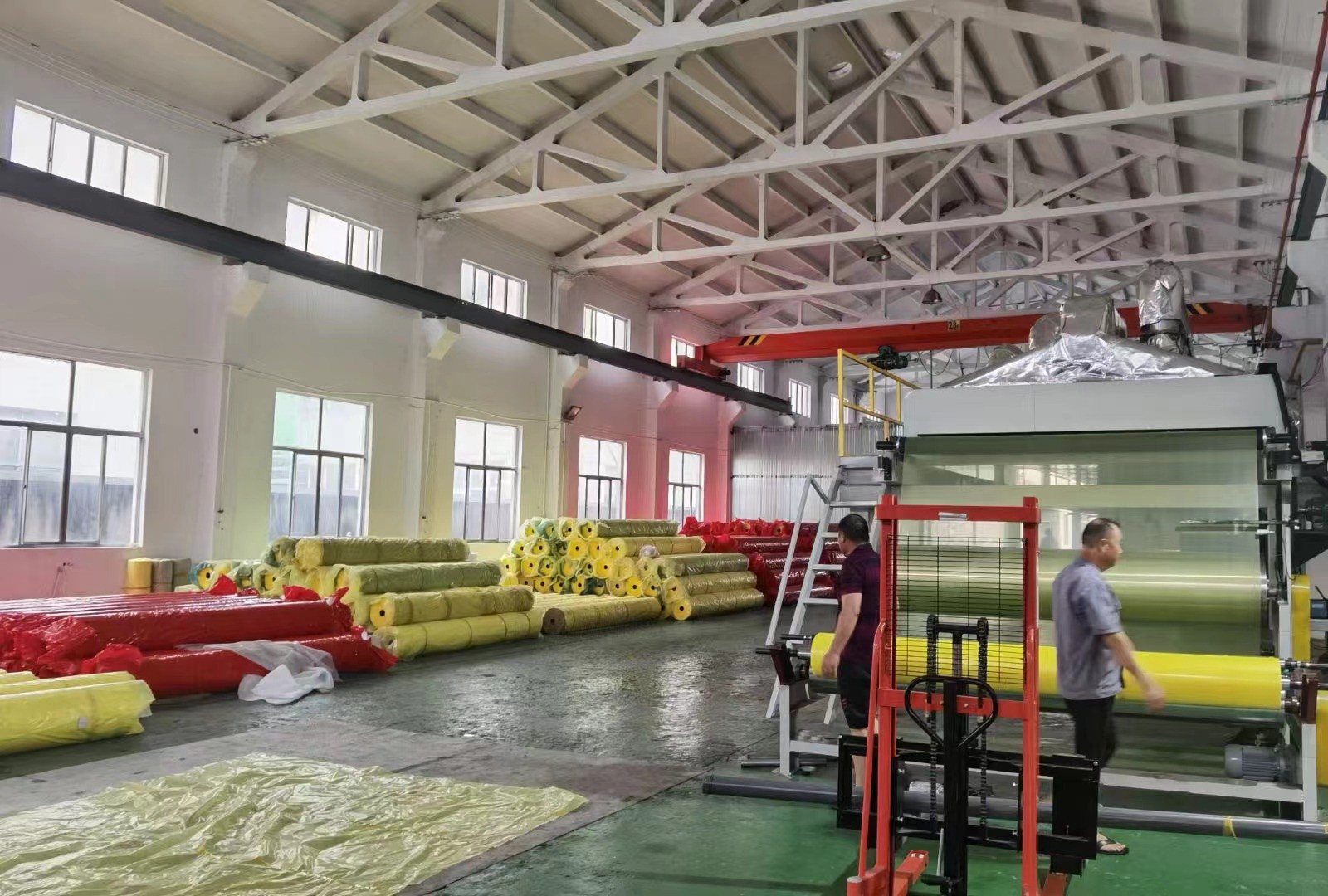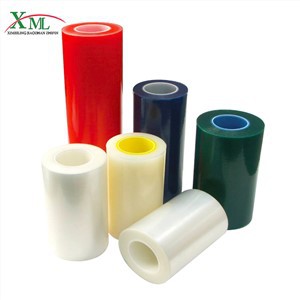How to avoid bubbles when sticking the film
2025-11-10
Ensure a Clean and Dry Surface
Start by preparing the surface thoroughly to eliminate potential bubble-causing debris. Wipe away all dust, dirt, and oil using a soft, lint-free cloth. For persistent residues, use a gentle cleaning solution that won’t harm the surface, then dry it completely with a separate clean cloth. Any remaining particles or moisture trapped between the film and the surface will create bubbles, so take time to ensure the area is spotless and dry before proceeding.Align Precisely Before Full Adhesion
Lay the film flat on a clean, smooth surface and peel back only a small portion of the backing paper to expose the adhesive. Hold the film gently by the edges, avoiding contact with the adhesive side to prevent transferring oils from your fingers. Position the film over the target surface and adjust carefully to align it perfectly with edges or features. Taking extra care during alignment means you won’t need to lift and reapply the film repeatedly, which can introduce air pockets.Apply Gradually and Smooth Evenly
Once aligned, begin applying the film from one edge, working slowly toward the opposite side. Peel back the backing paper bit by bit as you go, rather than removing it entirely at once. Use a soft cloth, squeegee, or your fingertips to press the film firmly onto the surface, moving in smooth, consistent strokes from the center outward. This directional pressure helps push air out as you apply, preventing it from getting trapped beneath the film.Address Small Bubbles Promptly
If minor bubbles appear during application, don’t panic. For small, surface bubbles, press gently with a cloth and push the air toward the nearest edge until it escapes. For stubborn bubbles that won’t budge, lift the adjacent section of the film slightly—taking care not to tear it—and reapply, smoothing it down firmly to eliminate the trapped air. Avoid pressing too hard, as this can stretch the film or damage the adhesive, leading to more bubbles.

